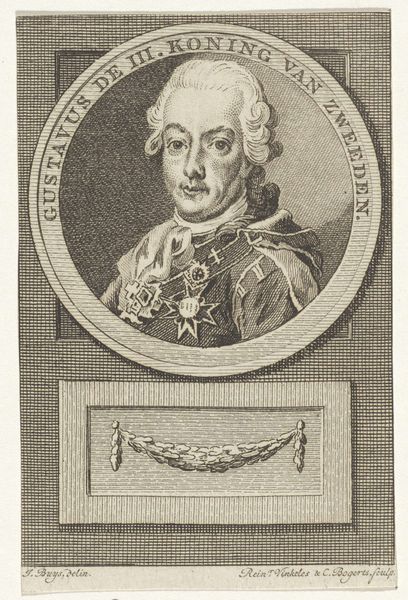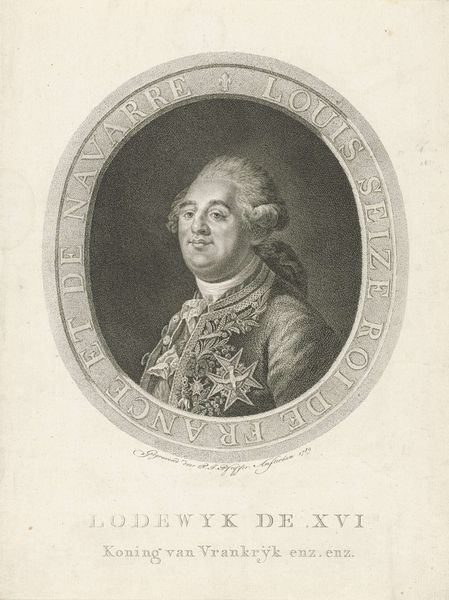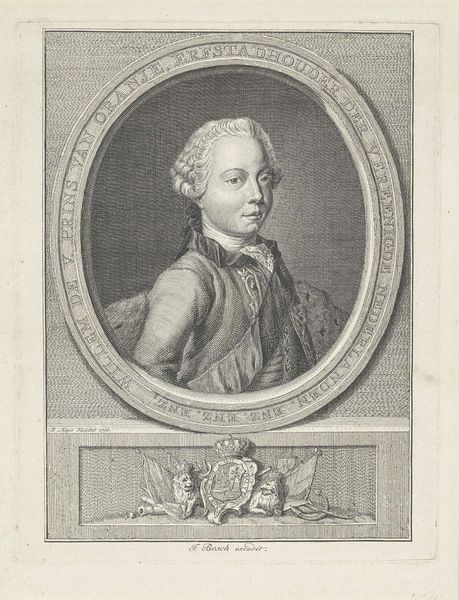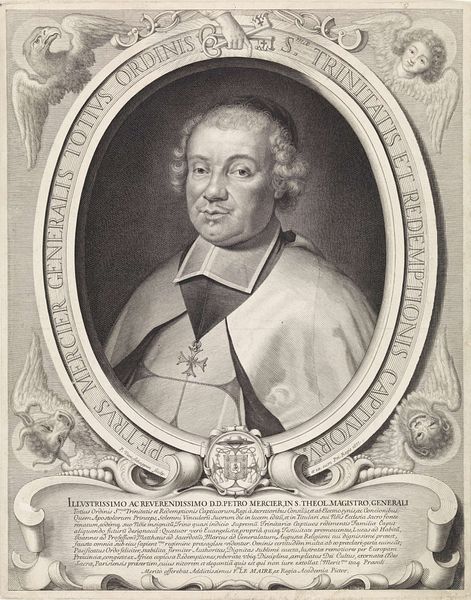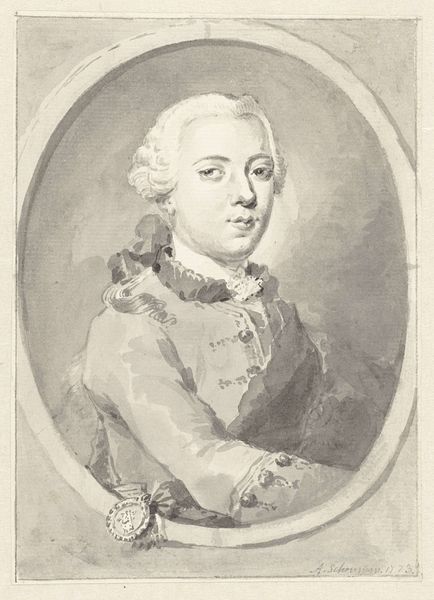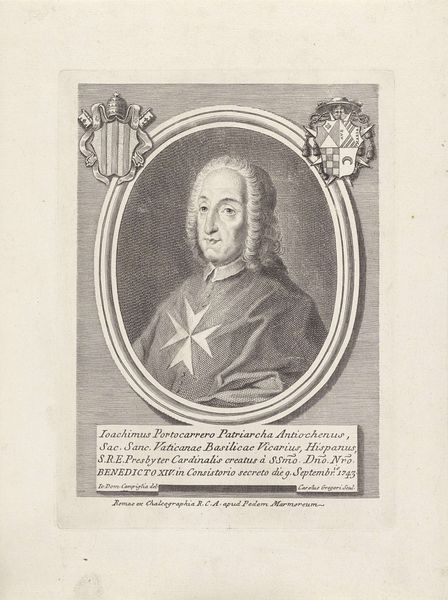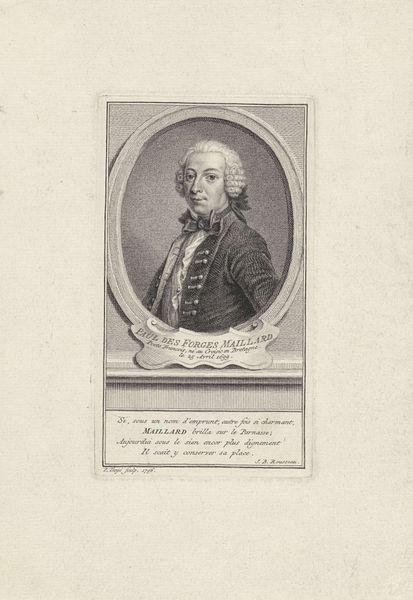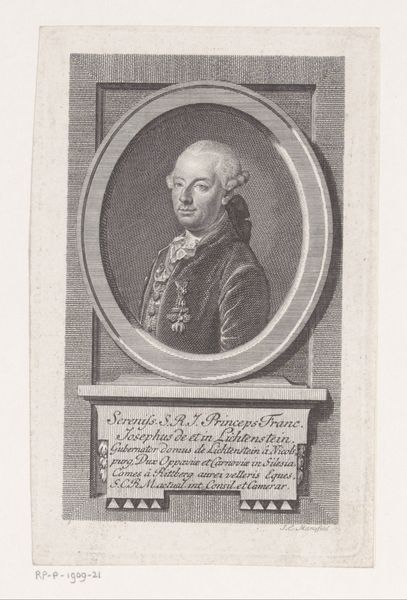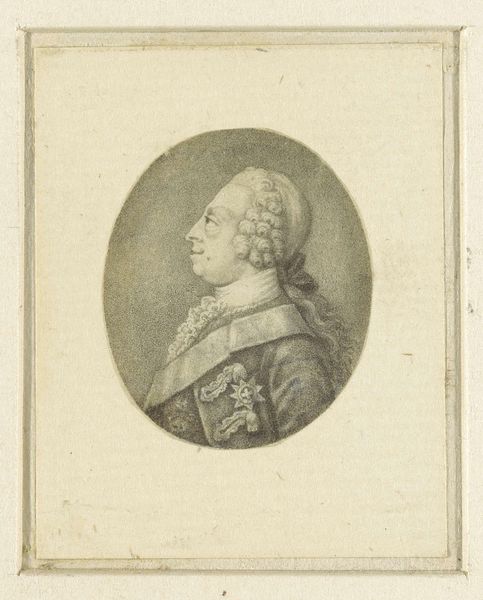
print, engraving
#
portrait
#
neoclacissism
# print
#
old engraving style
#
engraving
Dimensions: height 224 mm, width 134 mm
Copyright: Rijks Museum: Open Domain
Editor: So, here we have "Portrait of Gustav III of Sweden," a print from 1782 by Theodorus de Roode. It's an engraving, all very neoclassical in style. There's something quite formal and serious about it, don't you think? Almost a bit...stuffy? What stands out to you the most? Curator: Stuffy, perhaps! But I also see a meticulously crafted image, practically a propaganda piece in miniature. De Roode’s really leaning into that Neoclassical ideal of order and reason, which is brilliantly ironic considering Gustav III's, shall we say, colourful reign. Notice the almost obsessive detail in the medals and lace? Editor: Right, the details! It's hard to miss all those medals. It's like he wants to make sure you *know* he’s a king. All that ornamentation feels really intentional. Was this sort of image common at the time? Curator: Absolutely. Prints like this were mass-produced, acting as both royal portraits and political tools. De Roode, clever chap, is working within a well-established visual language here. He's not just showing us a king, he's constructing an idea of kingship - a king as enlightened ruler, divinely appointed, dripping in symbols of power and authority, like some rather fabulous Christmas tree ornament. Makes you wonder about the real man behind all the finery, doesn't it? Editor: It does! Thinking about it as propaganda gives the portrait so much more depth. It is a fascinating insight into how rulers wanted to be seen. Curator: Precisely! And that’s where art becomes more than just a pretty picture, doesn’t it? It becomes a little window into a different way of thinking and seeing, reminding us that things aren’t always quite what they seem on the surface. Editor: This has really opened my eyes to reading portraits more critically. There is so much beneath the surface that can be unraveled through artistic choices and cultural contexts.
Comments
No comments
Be the first to comment and join the conversation on the ultimate creative platform.
